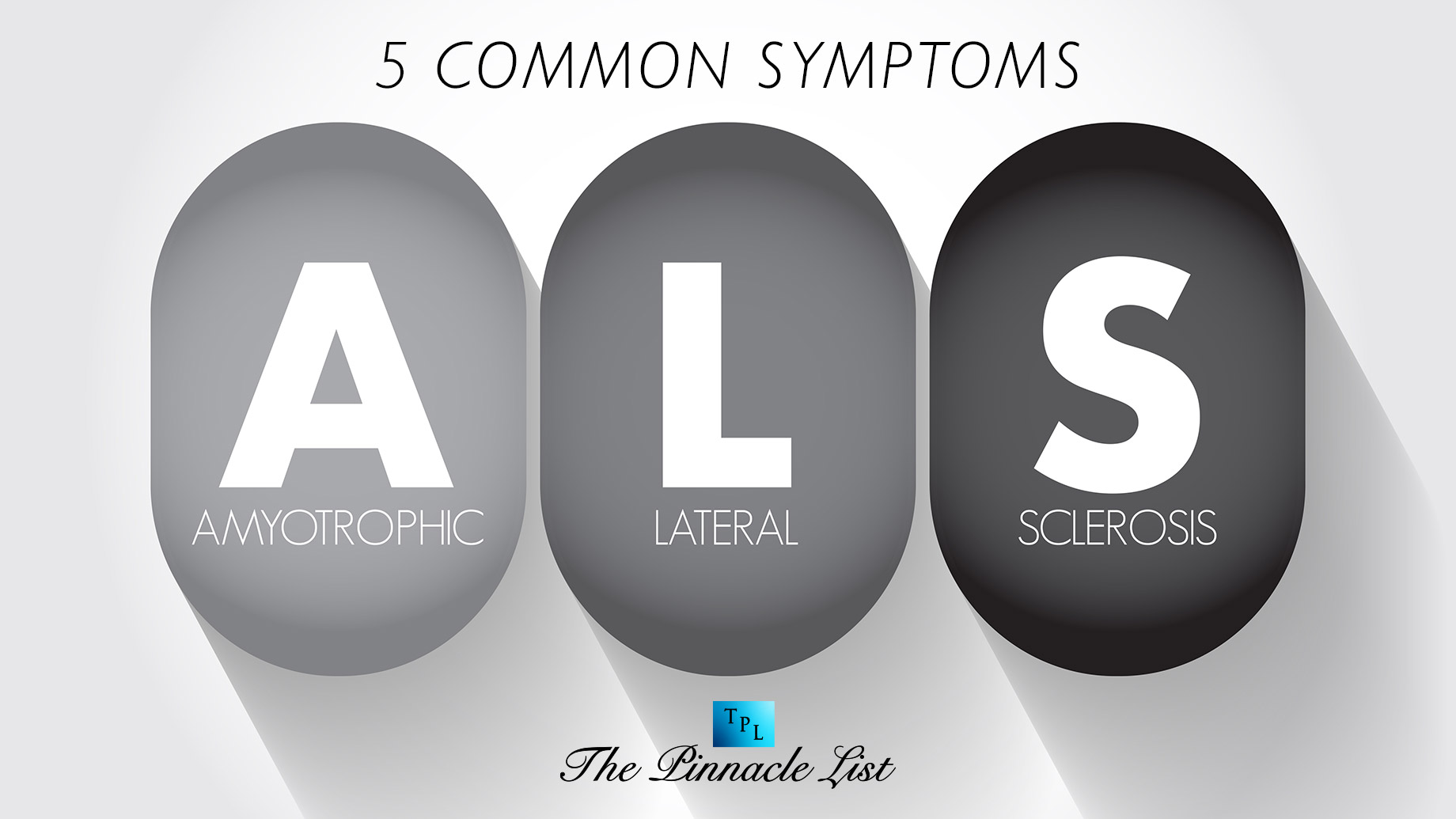
Amyotrophic Lateral Sclerosis, also known as ALS or Lou Gehrig’s Disease (named after the baseball player who had ALS), is a rare neurodegenerative disease that affects the motor neurons that control voluntary muscles. This can lead to loss of control over these muscles as the disease develops.
ALS is a progressive disease which means that over time the symptoms get worse. The initial symptoms are relatively subtle, which means that it is difficult to diagnose someone with ALS, and many tests need to be done to do so.
Because the initial symptoms are subtle, they are often overlooked. It also depends on what ‘type’ of ALS you have over which aspect of your body is affected first.
In this article, we outline 5 of the most common symptoms of ALS. You can find more information about ALS at https://www.mybiosource.com/als_amyotrophic_lateral_sclerosis.
What Causes ALS?
There is no known cause for 90% of ALS cases. Only 5-10% of ALS cases can be linked to genetics.
While anyone can get ALS, the most common traits in people who develop ALS is that they are typically over the age of 55, they are male, and they are white. Veterans are also 1.5-2 times more likely to be diagnosed with ALS, but the reasons for that are unknown.
Ongoing research is happening to see if there are any environmental factors that are the cause of people developing ALS.
Stiff Muscles
As ALS is a progressive disease that affects muscles, one of the first signs is stiffness in the muscles. This typically only shows up in one limb at first before spreading.
This stiffness can affect everyday tasks like walking or picking up items. As ASL develops, the muscles will become harder to move.
Muscle Twitching
Muscle twitching is another early sign of ALS, this also applies to muscle cramps. It will start subtly as a sign of muscles breaking down.
Wasting Muscle
One of the most common symptoms is muscle wasting away. The muscles will get weaker until they can’t function anymore. This will start as difficulty performing simple tasks like buttoning a shirt or writing.
This may not typically be just muscles getting weaker but also the transmissions from the brain to the muscles weakening. This could give the illusion of weaker muscles as it is harder to move them mentally.
Muscle weakness usually only affects one limb at first, so struggling to carry heavy items or stumbling when walking are subtle early signs.
There are 2 ‘types’ of ALS based on what motor neurons are affected first. Limb onset ALS is where it starts as a weakness in the arms or legs.
Difficulty Swallowing Or Chewing
The second ‘type’ of ALS is bulbar onset ALS. This is where the first stages of ALS develop as difficulty with speaking or swallowing.
This could lead to slurred speech and the requirement of a feeding tube early on. Having a limited ability to eat can cause people with ALS to become malnourished.
Cognitive And Behavioral Changes
While it is considered more of a late-stage symptom, as ALS is a neurologic disease, the brain can be heavily affected. This could lead to behavioral changes or memory issues. Some ALS patients develop a form of dementia known as frontotemporal as a later symptom.
ALS affects voluntary muscles, so most people with it have fully functioning brains and can have rational thoughts and problem-solving skills. Having the mental capacity but not the physical capacity to perform actions can cause people with ALS to experience symptoms of depression or anxiety.
Due to the weakness of the body, fatigue is also a common symptom of ALS. Feeling tired can create poor decision-making and irritability that can appear as behavioral changes.
Later Symptoms
As ALS progresses, its symptoms get worse until they become fatal. The development of the symptoms varies across people with what order they get symptoms and how fast they get them.
Since it directly affects voluntary muscles, ALS leads the person to become paralyzed and unable to eat or breathe without assistance.
Conclusion
From the first diagnosis, most ALS patients live about 3-5 years more. There are rare cases where they make it past ten years; for example, Stephen Hawkings lived 55 more.
ALS causes increased weakness in the body, with death usually being caused by respiratory failure.
There is no known cure for ALS. While there are treatments and medications for it, they typically only add a couple of extra months.